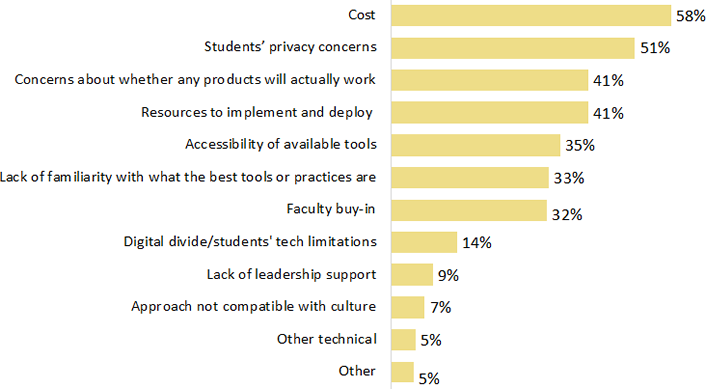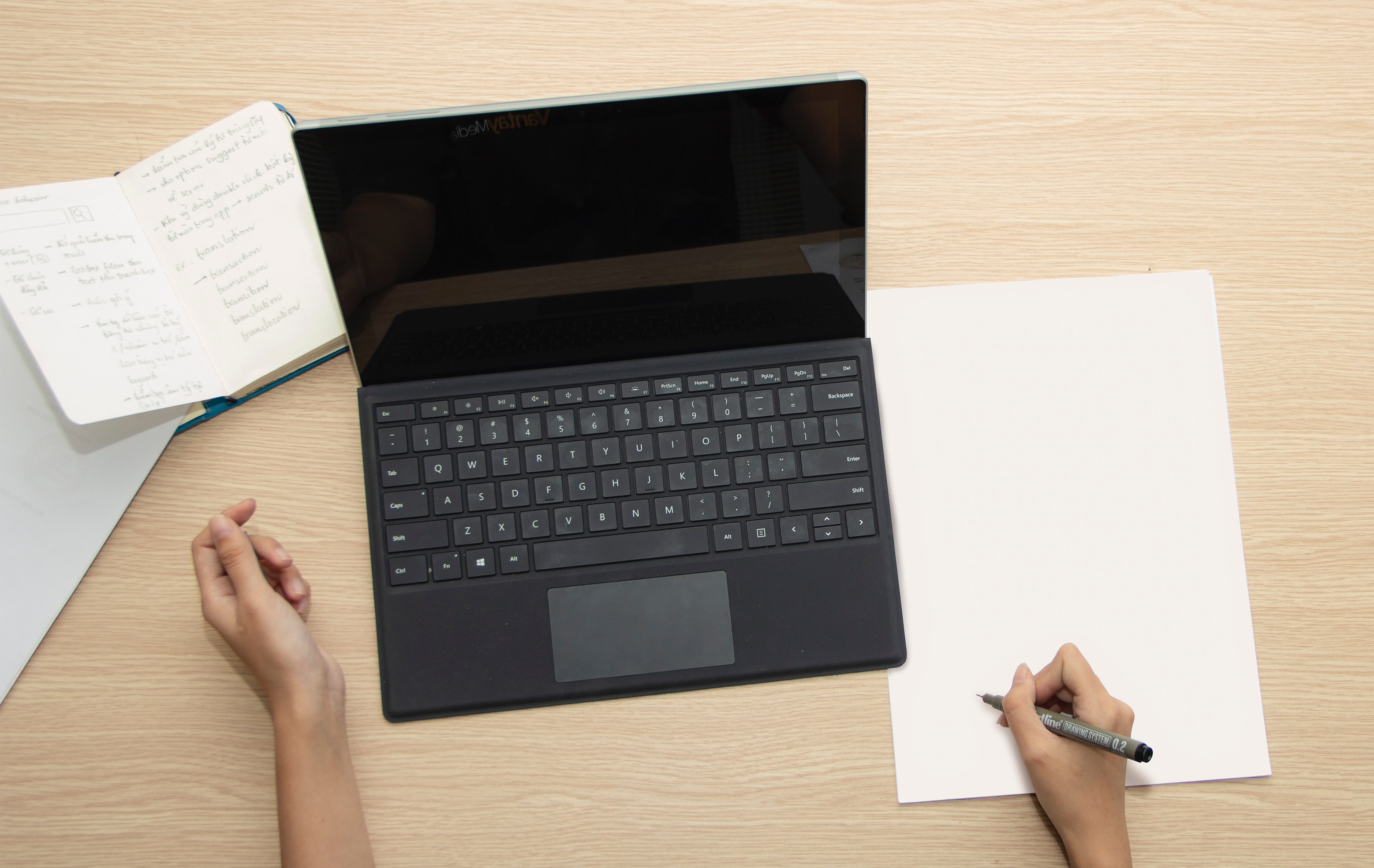For colleges forced to close their campuses amid the coronavirus pandemic, virtual classes were only one part of making remote learning possible. When the time came to deliver exams, many institutions turned to online proctoring software.
The COVID-19 pandemic has caused a surge in interest in remote proctoring products that keep a digital eye on students while they take an online exam, despite concerns around student privacy.
An emerging software category: online proctoring
There was a huge spike in new implementations of proctoring software in March, when widespread school closures were first happening, according to data collected by LISTedTech. As of April, more than half of institutions reported using some kind of remote proctoring software, and another 23% are considering using them, according to an EDUCAUSE poll.
In light of the emergence of this market, G2 has created a new category called Online Proctoring Software, empowering educational software buyers with information from real users’ experiences with these platforms.
How online proctoring works
While colleges and universities are one of the main target markets of these tools, remote proctoring software can also be used by credentialing bodies, standardized test providers, or employers assigning pre-employment exams to candidates.
The features of online proctoring products vary, but at their core, these products monitor test takers as they complete online exams. Typically, this happens using the webcam and microphone on the test taker’s computer. In some cases, the software records a video of the test taker during the exam, then uses artificial intelligence to flag behaviors the software considers “suspicious” or potentially indicative of cheating, such as unusual noises or the test taker looking away from the screen multiple times. Professors can then review the potential violations.
Some platforms also offer live proctoring features, in which a human proctor watches live video of the student during the entire exam. The proctor might ask the student to aim the computer webcam around the room to check the student’s work area and look for prohibited materials or the presence of another person in the room.
The products also typically contain other features intended to create a secure remote testing environment, such as identity verification aided by facial recognition technology and browser lockdown to deter the student from looking at other web browser windows during a test.
Students raise privacy concerns
The idea of a stranger watching a test taker’s every move through their webcams has raised privacy concerns among some students. Many students consider these software products "creepy” or "invasive" and say they cause additional stress for exam takers. Some have raised concerns about the companies’ privacy policies and whether they contain adequate protections for student data.
Indeed, student privacy was one of the top challenges that institutions identified for implementing remote proctoring software in addition to the high cost of the platforms, according to EDUCAUSE’s poll. Below is their chart illustrating the challenges of remote proctoring.
 Image Courtesy: EDUCAUSE
Image Courtesy: EDUCAUSE
Administrators at schools, colleges, and universities will have to consider the potential privacy implications of using these platforms as they try to figure out how to handle examinations—one of the many questions educators face in a post-coronavirus world.
|
Need a way to deliver digital assessments to students? Explore G2's Assessment Software category. |
¿Quieres aprender más sobre Software de supervisión en línea? Explora los productos de Proctoría en línea.

Shaun Bishop
Shaun is a Market Research Manager and Senior Research Analyst for HR technology. His coverage areas include talent management, learning and development, recruiting, compliance, and HR administration. Before joining G2, he worked as a public high school teacher at schools throughout Chicago and as a journalist covering communities in the San Francisco Bay area. In his free time, he enjoys hiking, reading history books, and baking new things with his sourdough starter.
